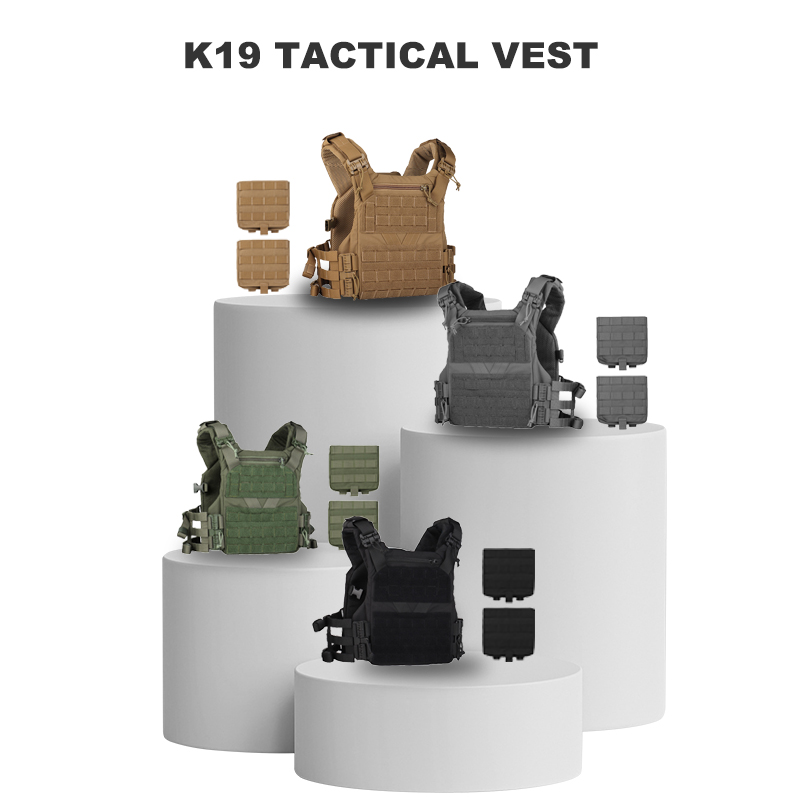The manufacturing process of a bulletproof vest involves several steps and technical operations from initial design concepts to the final product showcase. Here is a general outline:
1.Design and Concept Phase
Requirement Analysis and Design Specifications:
Determine the vest's intended use and target market (e.g., police, military, private security).
Specify the ballistic protection level and types of threats to be resisted (e.g., handgun bullets, rifle bullets).
Define design requirements such as comfort, weight, and durability.
Initial Design and Prototype Development:
Design team creates initial sketches and 3D models of the vest.
Detailed structural design and functional analysis using Computer-Aided Design (CAD) software.
Prototyping to test and evaluate the practical effectiveness and functionality of the design.
Material Selection and Production Preparation
2.Ballistic Material Selection:
Choose appropriate ballistic materials based on design requirements, such as ballistic ceramics, fibers, or composite materials.
Ensure materials comply with international ballistic standards like NIJ (National Institute of Justice) certification standards.
Outer Materials and Accessories Preparation:
Determine external materials such as waterproof nylon fabric or coatings to enhance durability and comfort.
Prepare adjustment straps, Velcro fasteners, and other fixation systems to ensure the vest fits snugly on the wearer.
3.Production and Manufacturing Phase
Selection and Preparation of Internal Materials:
Ballistic vests typically include materials that absorb and dissipate bullet energy, such as:
Ballistic ceramics (e.g., boron carbide or alumina ceramics) known for high hardness and ballistic performance.
Ballistic fibers (e.g., polyethylene or aramid fibers) with high strength and energy absorption capabilities.
These materials undergo special processing to ensure performance and durability within the vest.
Selection and Processing of External Materials:
External materials protect internal ballistic layers from damage and environmental factors.
Common external materials include ballistic nylon fabric for lightweight and abrasion resistance, and waterproof coatings.
Assembly and Stitching:
Arrange internal ballistic layers in critical areas (e.g., front, back, sides) according to the design.
Use specialized sewing machines and techniques to stitch external materials securely, ensuring a compact vest structure.
Quality Control and Testing:
Conduct rigorous quality control on each manufactured vest, including material testing, structural strength testing, and ballistic performance testing.
Evaluate bulletproof capability and protective effectiveness through simulated ballistic tests or actual bullet impact tests.
4.Final Product Showcase and Marketing
Packaging and Labeling:
Professionally package the finished bulletproof vests to ensure they remain undamaged during transportation.
Label the product with ballistic protection level, usage instructions, and production date.
5.Marketing and Sales:
Promote bulletproof vests through retailers, online platforms, or direct sales channels targeting law enforcement agencies and security companies.
Offer customization options to adjust vest size, color, and features according to specific customer needs.
In summary, the manufacturing process of bulletproof vests involves meticulous steps from design to final production, ensuring high efficiency, durability, and compliance with safety standards. This process enables manufacturers to provide effective personal protection and security assurance to users.